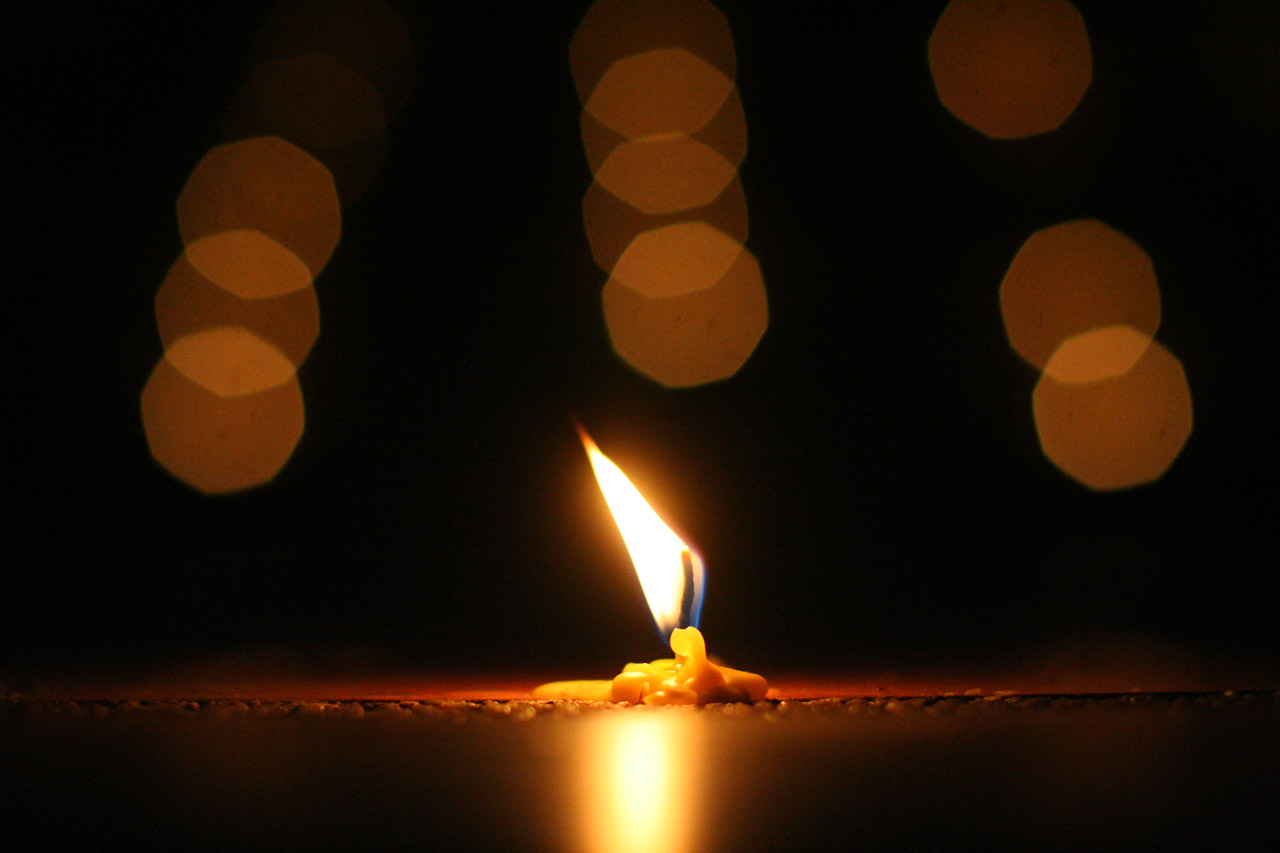Origins and Evolution of Meditative Practices
There was a time when meditation was an activity that only monks, gurus, and spiritual leaders engaged in. It is also considered to be a serious activity and a way to commune with the higher being. It was a concept that was as unfamiliar to common folk as the deepest mysteries of their religion. In fact a few decades ago, you will need to study it in a deeper level to achieve the result that is expected from it. Today, things have changed. Meditation is not the exclusive province of spiritualists and the deeply religious. It has already become accessible to everyone who wants to lead a less complicated and more peaceful way of life. Even if you are not a monk or a spiritual leader, you can practice meditation and attain its benefits.
For thousands of years, meditation was exclusively practiced by Eastern cultures. It wass unknown to other part of the world. Eventually, Western cultured imbibed meditative practice mostly due to the spread in popularity of New Age, Yoga, and similar spiritual movements. Meditation was introduced to the mainstream, and it is now both widely practiced in religious and secular circles. Even ordinary people can do it. Most modern practitioners of meditation follow the tradition of a form called “Yogic meditation” which was developed in India more than a century ago. Nevertheless, the word “meditation” connotes a universal practice that the world’s major religions have in common.
Origins in India five millennia ago
In order to understand meditation, it is important to learn of its origins. Archaeological records show evidence of meditative practice on record in Hindu Scripture called “Tantras”. The writings were made in the Indus Valley more than 5,000 years ago. These ancient writings are recognized by scholars as the first document to mention activities that resemble meditation as we know it today.
Another archaeological finding that supports the prehistoric origins of meditation is the discovery made in the 1920s by Sir John Marshall. A carved figure in the attitude of meditation was discovered in Mohenjo-daro, acknowledged by historians as the capital of the civilization that thrived in the Indus Valley around 4,600 years ago. This progressive civilization spanned modern day India and Pakistan.
Because of these archeological discoveries, the general agreement points to the Indus Valley as the place where meditation originated. By far, there are no other archeological or historical evidence found elsewhere which is dated at an earlier date. Scholars also agree that the practice of meditation could have originated earlier than 5,000 years, though there are no existing records to be found.
Modern applications of meditative practice
Since the West has adopted the practice of meditation, its applications have expanded to include uses in the world of medicine, specifically psychotherapy. There are many health benefits that are related to it. From the work of Jacobson on progressive relaxation, various schools of thought have emerged, which incorporates meditation in order to achieve physical and mental relaxation. Today, behavioral approaches and meditation techniques are used together to facilitate the reduction of daily stresses.
Because of the high-paced and often stressful lifestyle that characterizes living in urban centers, more people are being diagnosed with depression, anxiety disorders and other mental health disorders. There are also other problems that can be cured by this practice. Psychotherapists have found success in the treatment of various mental health problems in the use of meditation along with biofeedback, relaxation techniques, hypnosis, and other alternative approaches that does not involve taking prescription drugs. For example, an approach known as multi-modal therapy has been shown to alter behavior. This approach involves the use of meditation.
What’s your Meditative Practices? Tell us on the Facebook fan page!

